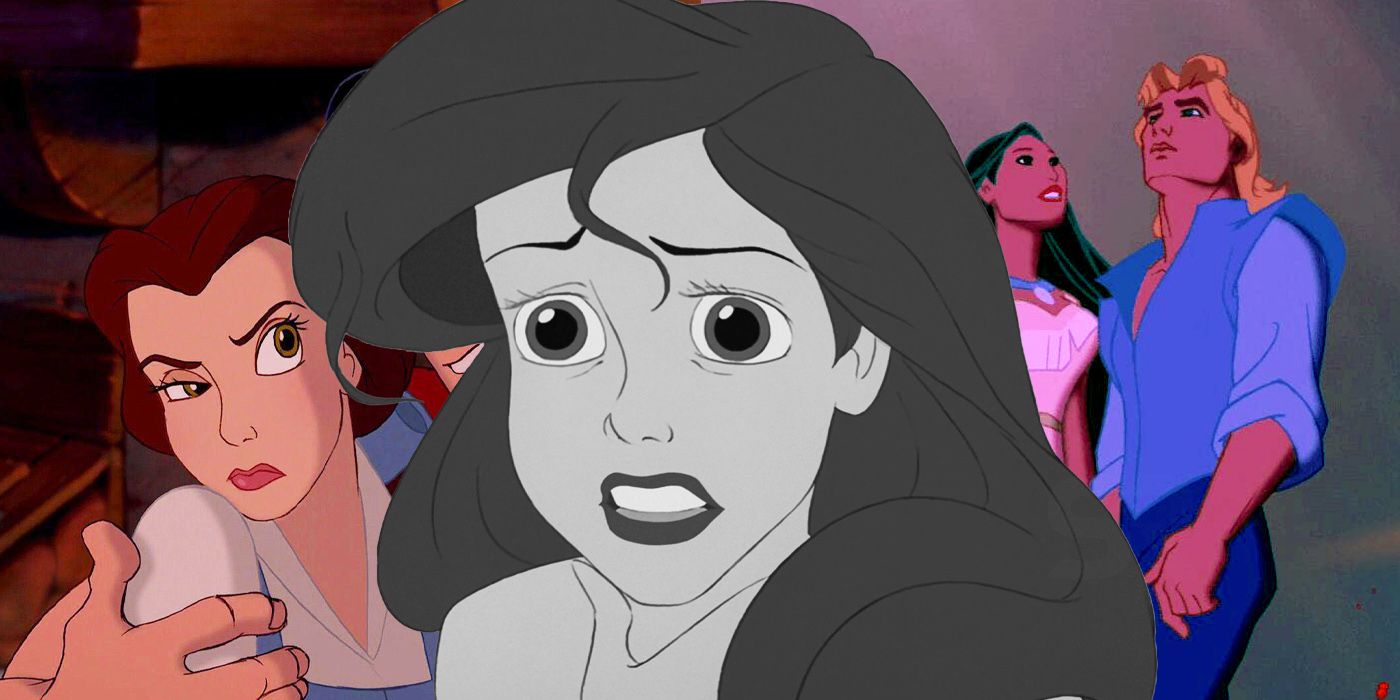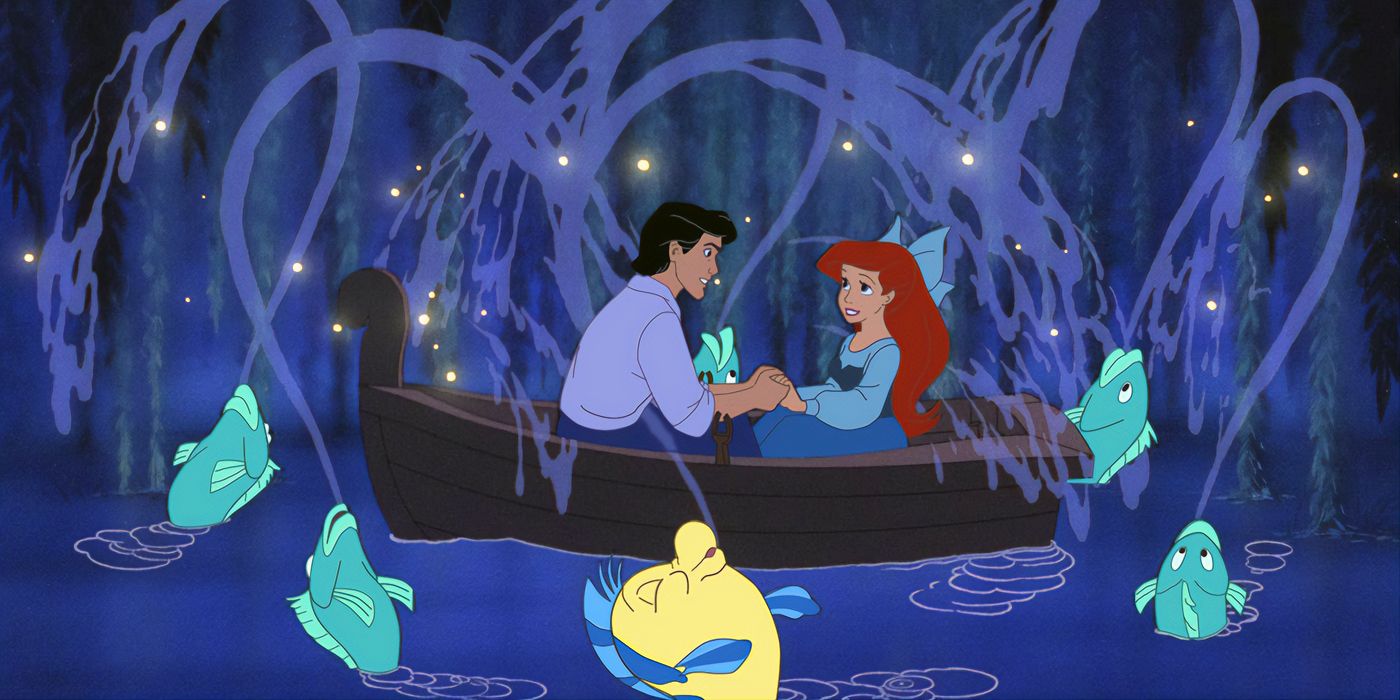Although Disney Princesses have many things in common, there are some big differences marked by the Disney Renaissance which made their stories worse. Walt Disney Pictures is a powerhouse in the world of entertainment thanks to its variety of stories and styles which are normally charged with moral lessons, and while the studio has explored various genres for decades, it’s still best known for its animated features – and out of those, there’s the exclusive group of Disney Princesses.
Disney is also well known for its animated movies with female characters as the leads, and many of them are part of the Disney Princess franchise, but not all female protagonists can be a part of this group. It all started in 1937 with Snow White and the Seven Dwarfs, the first full-length traditionally animated feature movie and Disney’s first animated movie, after which many more followed, with the Disney Princess franchise now formed by Cinderella, Aurora, Ariel, Belle, Jasmine, Pocahontas, Mulan, Tiana, Rapunzel, Merida, and Moana, and while they share some characteristics, there are differences between those released before and after the period known as the Disney Renaissance.
The Disney Renaissance is the period between 1989 and 1999 in which the studio produced critically and commercially successful animated movies again after a couple of failures. Disney revisited well-known stories as it did for its movies released between the 1930s and 1960s, and these new animated adventures earned much greater profit than most of the movies from previous Disney eras. During this period, five movies that are now part of the Disney Princess franchise were released: The Little Mermaid (1989), Beauty and the Beast (1991), Aladdin (1992), Pocahontas (1995), and Mulan (1998). Although they are all royal (or, in Mulan’s case, did a heroic act), have animal companions, and at least one musical number, they are different from their predecessors because their movies gave more attention to male characters and decreased the interactions between female characters.
According to research by linguists Carmen Fought and Karen Eisenhauer (via The Washington Post and Cosmopolitan), in the Disney Princess movies released during the Disney Renaissance, men outspoke the women, even in movies where they are the leads (Aladdin, for instance, is justified as the title character is the lead, not Jasmine): in The Little Mermaid, men speak 68% of the time, in Pocahontas it’s 76%, and in Mulan it’s 77%, while in Snow White it was 50-50, Cinderella 60-40, and in Sleeping Beauty it’s 71%. According to Fought, this is due to these stories lacking representation of women in different roles – for example, in The Beauty and the Beast, there are “no women leading the townspeople to go against the beast”, no women in the tavern singing drinking songs together (the only ones are the three women who always follow Gaston), nor are there women inventing things. Eisenhauer added that the cause of this is most likely carelessness, as “we’re so trained to think that male is the norm”, so any character the writers needed to add would often be male.
Something that didn’t change, however, is how the female characters’ main motivation (in most cases, at least) is to find a husband, and how their stories are driven by a male character, though this is made worse by having male characters outspeak the female leads. Fortunately, this changed with the arrival of Tiana, Rapunzel, Merida, and Moana, with its protagonists regaining control thanks to, in some cases, having women in charge of writing their stories, which in turn gave some of them more agency. It’s worth noting, however, that The Princess and the Frog still has a problem with male characters outspeaking the female lead, but Tiana’s motivations were completely different from those of the previous Disney Princesses, as her main goal was to open her own restaurant, not to find a husband. Disney still has a lot to work on when it comes to representing female characters, but it looks like it’s finally on the right path.


